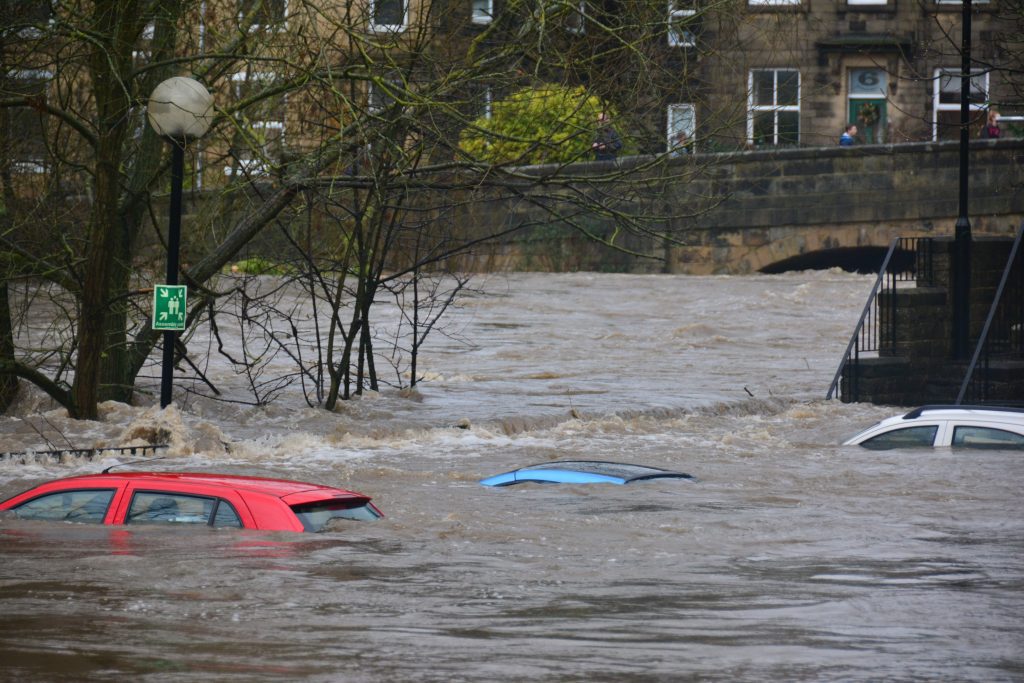
Flood events are horrible experiences for everyone affected. The disruption during the flood event and the long clean-up after the event are stressful periods. Whilst planning rules generally reduce risks for new homes, there remains the issue of what to do about existing homes.
We recently carried out a flood risk assessment for a client and, sadly, before the client had time to take the necessary precautionary measures, a flood event happened. Whilst this was a stressful event for all concerned, it did provide a “natural experiment” to see just how good flood risk assessments are.
A lot of work goes in to preparing flood risk maps. Firstly, there are factors about the terrain that buildings are in such as the amount of hard surface, tree cover and size of drainage pipes. Then the maps need to model rainfall events based on historic data and projections about how our climate will change in the future.
So how did the risk assessment fair?
Of the 76 ground floor or basement properties that actually flooded, our assessment had suggested that 86% of them were at risk of flooding. The assessment considered both fluvial and surface water flood risk based on Government projections. Whilst this was a reasonably good result for the correctly projected properties, it does mean that there is room to improve the assessments. One way is to extend the area around each property and see if that is in a flood risk zone. Even the official flood risk maps did not suggest that those properties would flood. However, the Government mapping service does stress that that the maps do not tell us about how likely it is that an individual property will flood or about flood risk from sources such as blocked drains and burst pipes. Nevertheless, we now have an indication for the accuracy of the projections.
For information of the 4,039 homes that we assessed for this client, we found that 1,639 were at risk (i.e., not all properties). This allows resources to be directed to protecting the “at risk” homes from the worst effects of flooding.
We have heard about more and more actual flood events that have impacted our clients and we do urge all clients to a) do a good quality risk assessment and b) act on the results. There are a variety of actions that can be taken, but it all starts with a risk assessment.
If you would like us to do a flood risk assessment, please be in touch. We also have methodologies for overheating risk, water stress and other environmental issues.
Photo credit: https://unsplash.com/@chriswebdog
